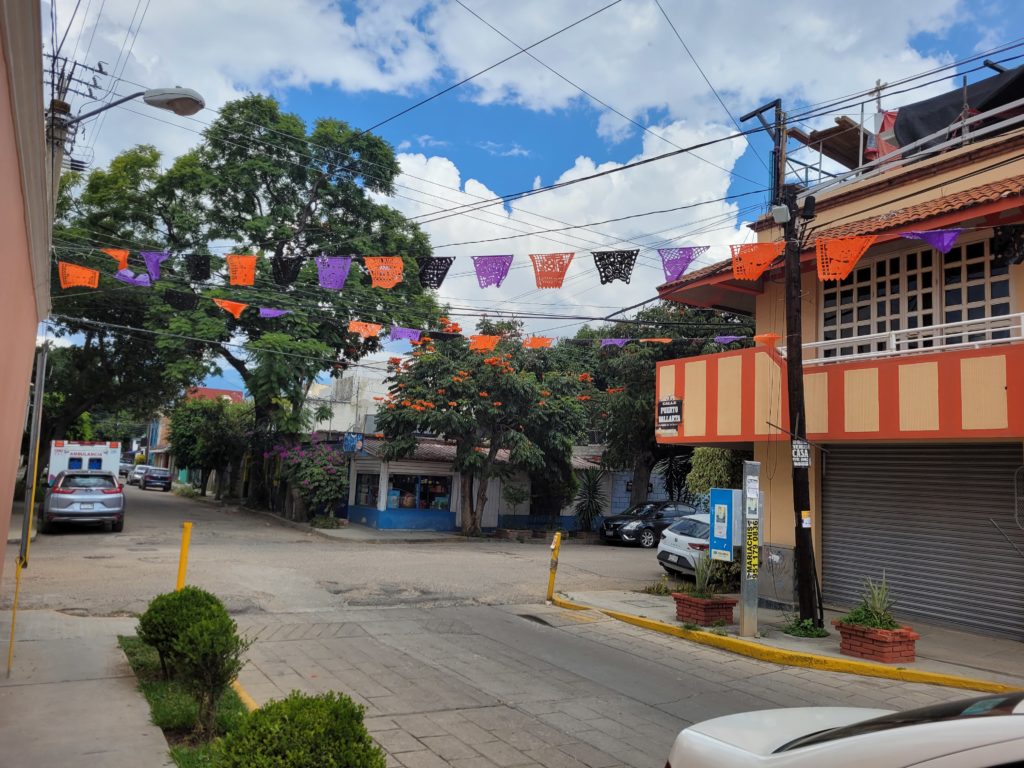All around me papel picado waves in the sky, cempasúchils (aka marigolds) line the streets, and pan de muertos occupy the shelves of every panadería. Spooky season: Mexico style (better known as Day of the Dead) has officially commenced. Take all of your ideas from past Spanish classes or Disney’s Coco and throw them out the door, this holiday is so much more. In fact, Oaxaca’s annual celebration is known for its streets being so packed one can hardly move. Sounds amazing. Sadly this will not be the reality this year (por la pandemia, you know?), but I’ll find other ways to celebrate.

Despite all of that, my insatiable desire to know everything about the holiday leads to storytime several times a week. More so, anyone who knows me, knows I am a sucker for myths and legends. That’s why when Dee recounted the origin story of the cempasúchils (the flower of the dead), I knew I had to share it. Who doesn’t love a good origin story, after all?
The Legend of the Cempasúchils
Many years ago, there lived in a valley a beautiful woman by the name of Xóchitl (So-cheel). Above her dwelled the god of the Sun, Tonatiuh (Toe-nah-tyooh). With every passing day, as Tonatiuh made his rounds, his eyes fell upon Xóchitl and he grew deeply enamored. Unable to bear it any longer, Tonatiuh decided to take human form.
The following evening, he adorned himself in clothes and a sombrero and rushed to invite Xóchitl to spend the evening with him. Xóchitl agreed and so their love story begins. They spent the following twenty nights together filled with pure happiness and every dawn it broke their hearts to separate. Amidst her infatuation, Xóchitl quickly grew curious about her lover’s whereabouts once the sun rose.
The very next dawn, Xóchitl decided to follow Tonatiuh to a hill where she hid behind a tree. Believing he was alone, Tonatiuh shed his clothing, returning to his normal form. The splendor of his transformation blinded poor Xóchitl and she fled. Unable to see, she tripped and fell to her untimely death in a ravine.
When Tonatiuh discovered the body of his beloved, he began to cry and a single tear fell onto Xóchitl’s body. Instantly, this tear transformed into a beautiful flower of twenty petals of vibrant oranges and yellows. A cempasúchil (derived from the Nahuatl language meaning “help call a spirit back”).
Today, these flowers are the connection between the Land of the Remembered and the Land of the Living. On November 1st and 2nd, when the sun’s rays absorb into the petals, loved ones can return using the flowers as a guide. And, forevermore the tragic love of Xóchitl and Tonatiuh endures.